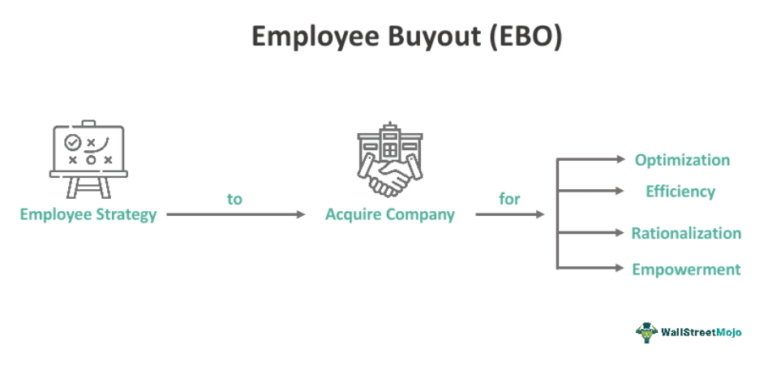
Audience
- Sentiment: Positive
- Political Group: Moderate/Pro-business
- Age Group: Young adults (18-34)
- Gender: Both genders
Overview
- Major U.S. indices, including the S&P 500, Dow Jones, and Nasdaq, saw gains after Presidents Day.
- Anticipation of Federal Reserve minutes and significant earnings reports influenced market sentiment.
- Notable stock increases included Super Micro Computer and Intel, while Medtronic and Conagra Brands faced declines.
Market Highlights: U.S. Equities Gain Following Presidents Day
The world of finance and investing can often seem like a complicated maze of numbers and buzzwords. But during the week right after Presidents Day, an exciting development occurred in the U.S. stock market. Investors watched as major U.S. indices, such as the S&P 500, Dow Jones Industrial Average, and Nasdaq, experienced gains. Let’s break down what happened, why it matters, and what it could mean for the future.
An Overview of the Market Reaction
After the Presidents Day holiday, many traders returned to their desks, eager to see how their investments had fared while they were away. The S&P 500, which includes 500 of the largest companies in America, reached a record closing high, gaining 0.2%. This means that overall, these companies performed well, leading to a positive atmosphere on Wall Street. The Dow Jones and Nasdaq also saw small gains, signaling a clear sign of optimism among investors.
Why is this important? For starters, when indices like the S&P 500 reach new highs, it can indicate that the economy is doing well. Companies that make up the S&P 500 are often considered a reflection of the broader U.S. economy. So, when investors see that these companies are thriving, they feel more confident about their investments – and about spending their money on goods and services.
Behind the Numbers: What’s Going On?
While the gains were slight, there were still several key factors at play that got investors excited. One of the biggest drivers of market sentiment is the anticipation of upcoming information. In particular, investors were keenly awaiting the release of the minutes from the Federal Reserve’s recent meeting. The Federal Reserve (often just called “the Fed”) is the central bank of the United States, responsible for managing the country’s money supply and interest rates. When the Fed meets, they discuss important economic issues, and these minutes can provide valuable insights into their thinking.
Additionally, significant earnings reports from major companies have the potential to sway the market. For example, retail giant Walmart was due to report its earnings soon, and many investors were curious about how the company performed, especially given the rise of online shopping and changing consumer behaviors. A strong earnings report from Walmart could inspire confidence in retail stocks, while a weak performance might cause doubt.
Stocks on the Rise: Notable Appreciations
There were some stocks that gained a lot of attention in this market rally. One company, Super Micro Computer, saw its stock prices soar more than 16% thanks to a positive business forecast. Imagine being in a race, and suddenly, your favorite horse jumps to the front of the pack – that’s what it felt like when Super Micro announced it expected strong business ahead. When a company tells the market that it anticipates strong future performance, investors often respond by buying shares, leading to an increase in the stock price.
Meanwhile, Intel also experienced a remarkable surge of 16%. This excitement stemmed from rumors of potential deals with competitors like Taiwan Semiconductor and Broadcom. In the tech world, partnerships and collaborations can lead to incredible innovations and better products for consumers. Intel’s rising stock price reflected investor optimism about its future.
Another notable movement in the market came from Walgreens Boots Alliance. Its stock increased by 14% after discussions about a potential buyout by private equity became more prominent. A buyout means that an investor or a firm is considering purchasing a company entirely. This often leads to a surge in stock prices because investors expect that, under new ownership, the company could be managed differently and potentially focus on growing its market value.
Some Noteworthy Declines: The Other Side of the Coin
Conversely, not all stocks enjoyed a day in the sun. Medtronic, a company that develops medical devices, saw its stock decline by more than 7%. This drop was linked to disappointing quarterly revenue numbers. Just as good news can drive stock prices up, bad news can have the opposite effect. When companies do not meet earnings projections, it can raise concerns about their performance, leading to decreased investor confidence and stock selling.
Another company, Conagra Brands, which is known for its packaged food products, experienced a 5.5% drop after it lowered its earnings outlook. When companies give a prediction that is less optimistic than before, it can alarm investors. It’s akin to a student saying they scored lower on a test than expected; that revelation can change how people view their abilities.
The healthcare sector also faced challenges, with UnitedHealth Group declining by 4.4%. This was driven by regulatory news that indicated potential issues with its planned acquisition of Amedisys, a home health services provider. Regulatory hurdles can create uncertainty, prompting investors to reassess their confidence in the company’s future growth prospects.
What Does It All Mean?
So, what do these stock market movements mean for average people, especially students like you who might not be directly involved in the stock market yet? Well, it’s essential to understand that these fluctuations can have a broader impact on the economy.
When the stock market is doing well, it can signify that businesses are thriving, potentially leading to job creation and wage increases. This, in turn, can increase consumer spending, which is vital for the economic ecosystem. Conversely, when stocks are declining, it may indicate underlying problems in certain sectors, which could result in layoffs and decreased consumer spending.
Also, if you start investing one day, these market movements can directly impact your investments, whether you’re eyeing cookies from Conagra Brands or tech gadgets made by Intel. Understanding the market dynamics helps you make better financial decisions.
Lastly, staying informed and curious about the world of investing can help you develop important skills for the future. You’ll learn how to evaluate situations and think critically about why certain things happen in the market. Plus, investing is a way to save money for significant life events, like college or a car.
Engage With Us!
With all these exciting developments in the stock market, it seems like there’s always something new to learn! What do you think about these recent stock movements? Have you ever considered investing, or are you curious about how it works? Share your thoughts in the comments below, and let’s start a conversation!





